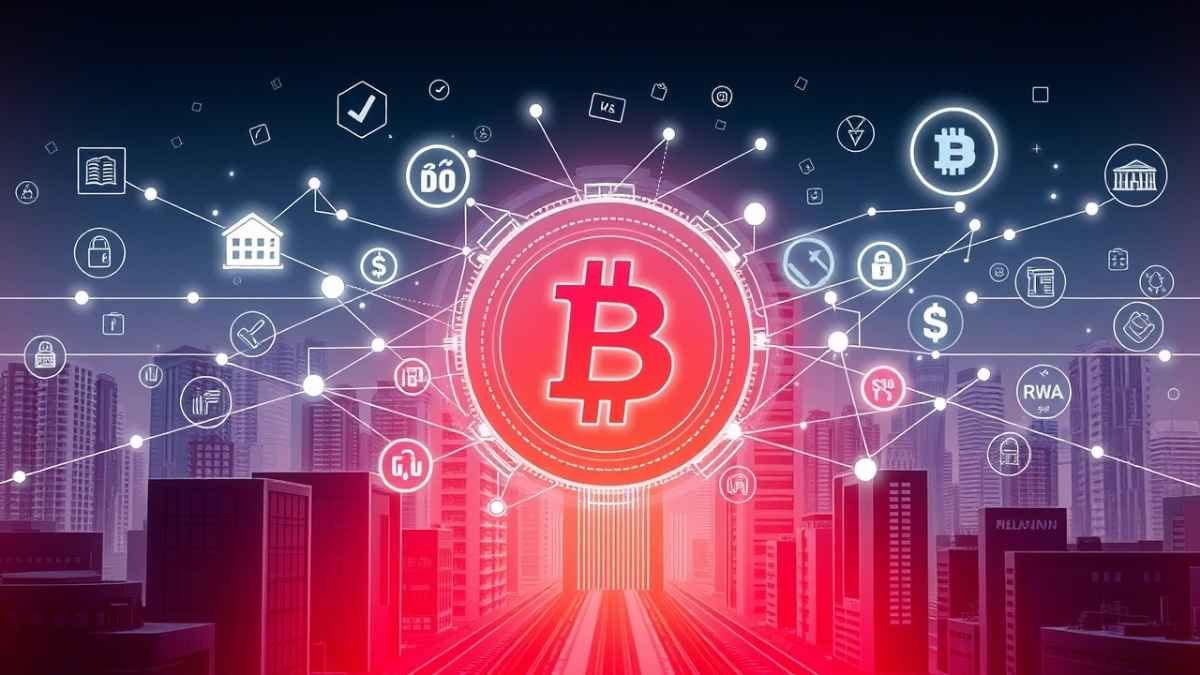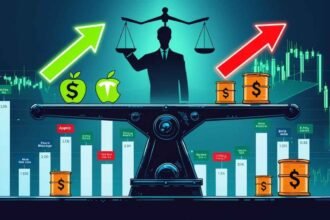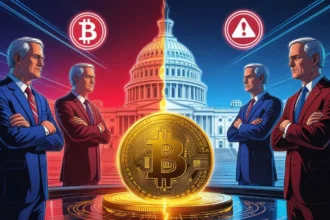Joel St. Louis, based in Texas, has led DELV forward while establishing DeFi concepts for more than a decade through his attention to fixed-rate lending, tokenization of real-world assets, and operational governance. In a recent conversation, he provided realistic interpretations regarding meme coins as an initial crypto experience while talking about the emerging potential of tokenized assets and the future trajectory of DeFi. Trump’s shift toward crypto acceptance and regulatory modifications form the essence of his statements.
Memecoins: Risky Welcome Mat?
St. Louis offers nothing but straightforward and honest viewpoints about meme coins when questioned about them. According to him, meme coins operate as digital memes that are brief and empty yet enjoyable. Money-related operations and utility functions are nonexistent, while viral speculation provides the only value within memecoin systems. DeFi establishments such as Maker or Morpho produce actual profits through their operations, while memecoin gains appear similar to casino slot machine profit potential. The opinion remains partial in his view. According to him, these digital memes serve as digital confectionery that attracts individuals into the crypto domain. The catch? Most memecoin users eventually transition into DeFi’s more advanced features, but only when they survive past the crash of a price speculative coin.
Fixed-Rate DeFi: Steady Wins the Race
DELV operates in St. Louis with the aim of providing controlled DeFi solutions that establish stable exchange rates. From this perspective, a yield strategy looks similar to getting a reduced crypto rate on purchase or setting terms at 0.95 ETH, which matures into a whole ETH over time. According to him fixed-rate DeFi offers people the chance for gains through a system that avoids wild volatility. The second borrowing feature, named Hyperdrive, delivers stable rates on Morpho and Spark, which operate as platforms. According to him, big investors require absolutes regarding certain products and services.
Worried about collateral crashing? Don’t be—yet. The design of DeFi always includes over-collateralization, according to him. “You’re posting $150 to borrow $100.” Using surplus assets as a buffer prevents default occurrences like conventional banks did with unstable lending practices. The real hurdle? Borrowers lack visibility in the digital identification process since credit score evaluation and digital identification systems are absent from traditional lending practices. The resolution of that puzzle requires extra collateral to serve as a safety measure.
Blockchain technology brings Wall Street-style asset tokenization procedures to the market
The animation process of Tokenization takes place in St. Louis. According to him, the innovative system makes it possible to destroy the outdated barriers that exist within traditional financial systems. Blockchain technology enables real estate and T-bills to exist as tokens that permit instant trading worldwide at any time. The process enables factory owners to convert property assets independently while global investors obtain U.S. debt with minimized banking procedures. According to his assessment, the system combines rapid transferring and unrestricted access. Franklin Templeton, BlackRock, and JPMorgan have initiated testing the market alongside Ondo Finance and Maple Finance, which connect DeFi assets to RWAs. Based on his outlook, he foresees further development to begin shortly.
Governance: DeFi’s Growing Pains
The governance management of DeFi has faced significant issues because DAOs granted token holders excessive power, leading to major disorder in various projects. According to St. Louis, voter exhaustion and stealthy tactics resulted in decreased operational effectiveness. The rules are being clarified to establish new operational guidelines. The U.S. establishment shows positive signs about “safe harbor” regulations, allowing projects to gradually activate decentralization strategies. New legal structures aimed at DAOs serve as proper frameworks for their operations. Tenable management of big financial reserves requires proper tax payoff handling. According to him, we require this particular solution to address the problem.
The Crypto era under Trump included both national exposure and unexplained matters
The Trump administration developed policies that removed regulatory pressure from the crypto industry by ending SEC interference and by promoting Bitcoin as a potential reserve currency. The builders now experience increased freedom because of regulatory changes, according to St. Louis. The vibe’s pro-innovation, no question. According to him, the stablecoins and RWAs need to receive greater recognition and attention. Bitcoin stands as the volatile ear-splitting element, yet the quiet, less-known assets establish the solid base of substantial financial operations. He expects agencies to establish advanced regulations that will target that foundational element because there genuine future developments are taking place.
The cryptocurrency system in St. Louis is transforming from a volatile meme coin spectacle to a viable financial power. DELV established fixed-rate tools alongside RWA pushes that lead the way to a new cryptographic future. According to him, the platform exists to build valuable functions instead of merely focusing on flashy appearances. The CEO at DELV puts his full commitment behind building an institutional-grade financial force as crypto moves beyond memes and hyperspeed speculation.











